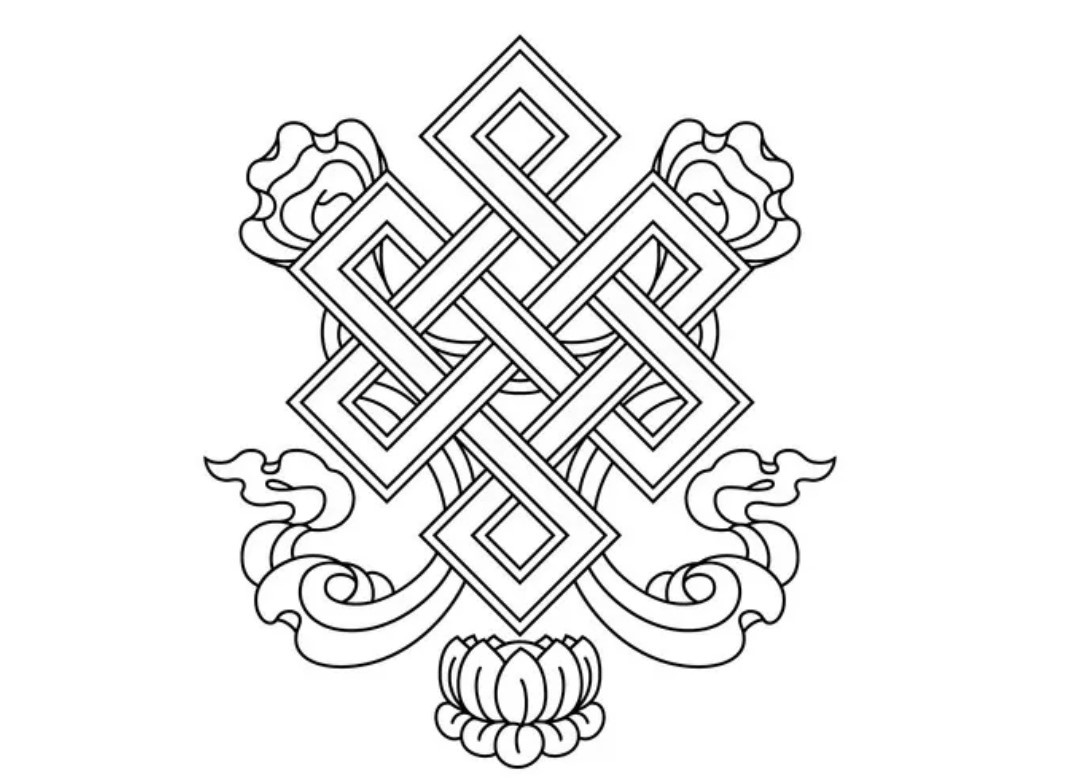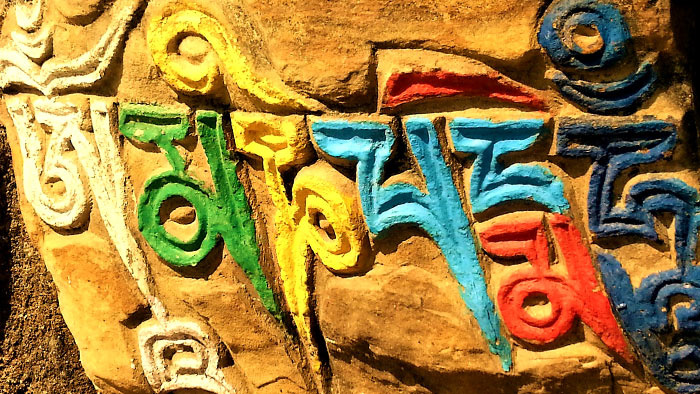In the mystical tapestry of Tibetan culture, the Eight Auspicious Signs stand as timeless symbols of spiritual significance and cultural richness. These signs have traversed through the annals of history, originating from ancient Tibet and continuing to hold their charm in modern times.
There are moments in life when a simple symbol can touch us more deeply than words ever could. Imagine walking through a quiet mountain village in Switzerland, perhaps on a crisp winter evening. The snow reflects the soft glow of a lantern outside a chalet, and in its flickering light you notice an intricate pattern: a Tibetan Endless Knot. Its lines weave in and out, with no beginning and no end. At that instant, you feel something profound – a sense of calm, harmony, and connection to something greater than yourself.
The "Om Mani Padme Hum" mantra promotes inner peace, wisdom, and compassion. Chanting or meditating on its syllables can lead to reduced stress, improved concentration, heightened awareness, and spiritual connection.
Tibetan singing bowls, made of a combination of seven metals and used for meditation, healing, and spiritual practices, have a rich history and offer a wide range of benefits such as reduced stress and anxiety, improved sleep, pain relief, and enhanced spiritual connection.
Tibetan prayer flags are colourful, rectangular fabric hung along paths and peaks in Tibet, Nepal, Bhutan, and the Himalayas, printed with prayers and mantras to promote peace and harmony; their significance lies in their connection with wind that carries blessings to all beings, and they are valued for their cultural, spiritual and aesthetic beauty.






